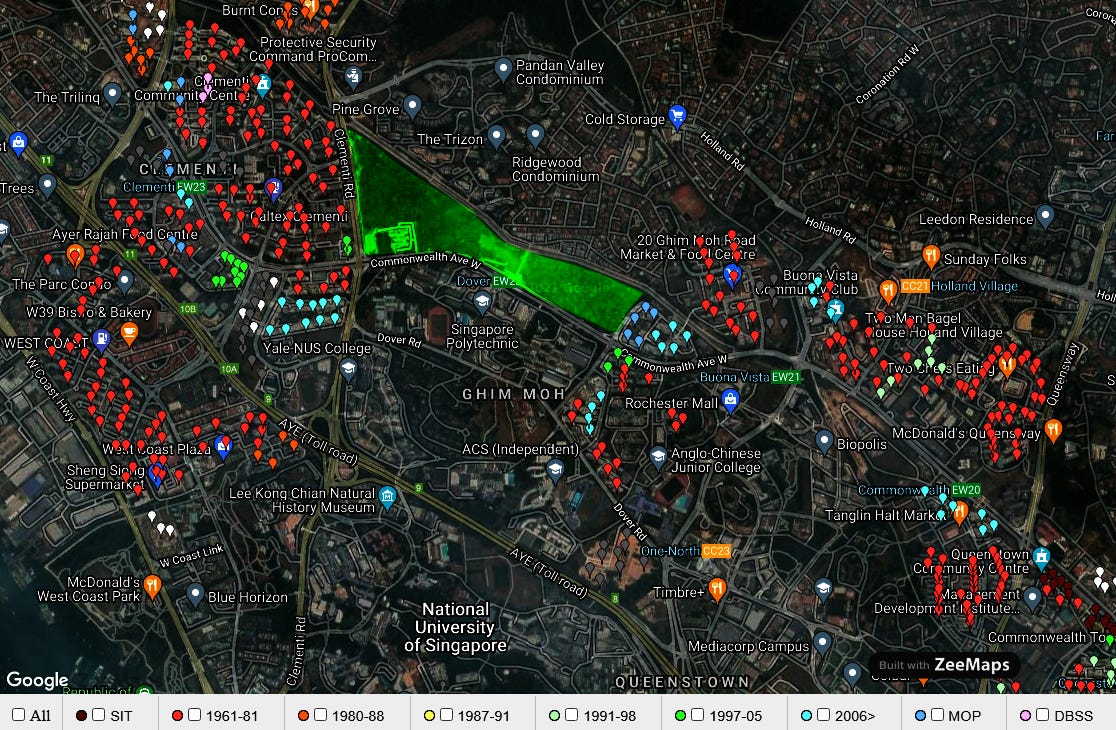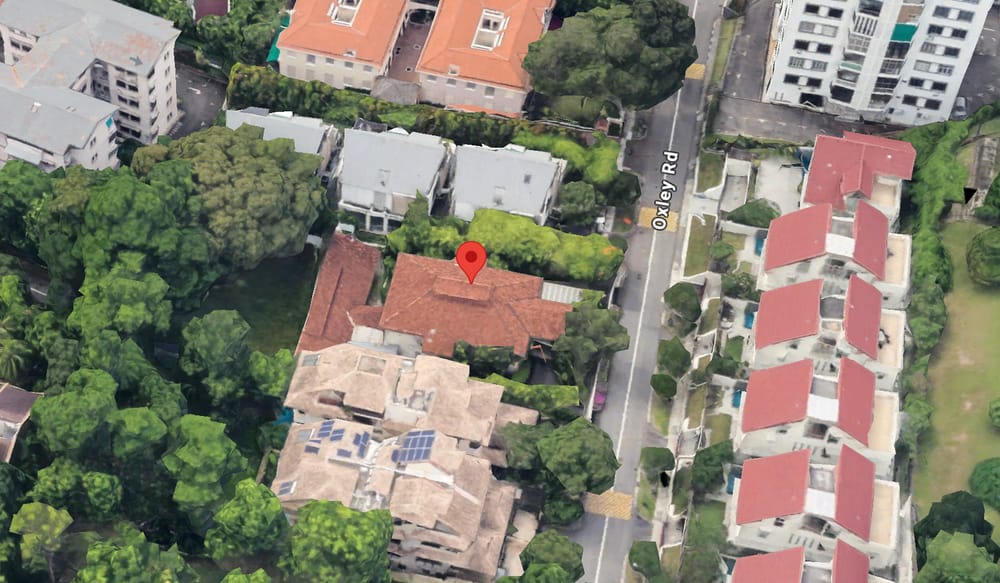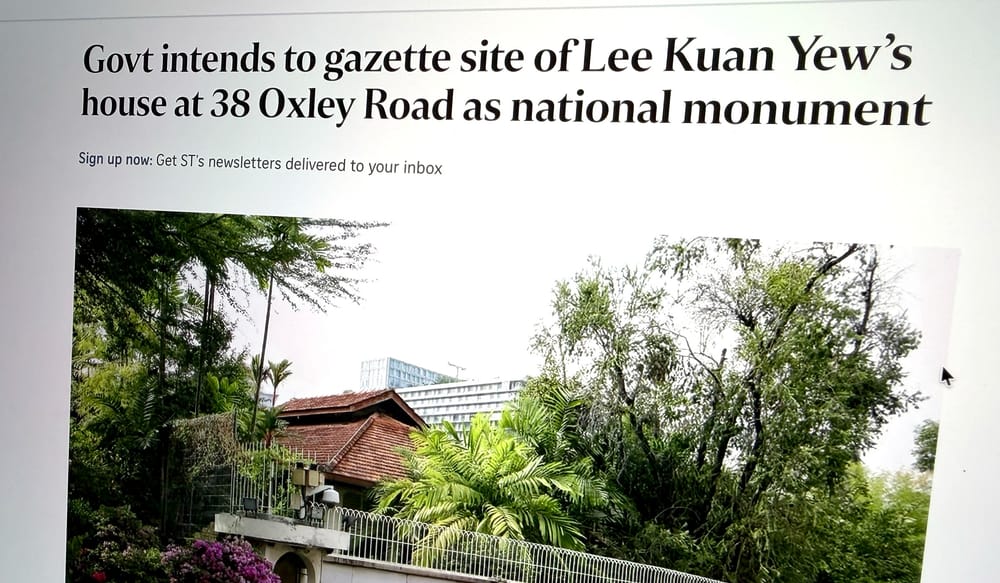
One of the most upsetting observations I have about humans today is that it doesn't matter how well competent people do things, there's always a mass of know-it-all ignorant naysayers who will try to run them down. And there are typically so many of them that they become a politically valuable group for those who seek influence - perpetuating misinformation in the process.
The Dover "forest" case has sprung back into the spotlight after the government in Singapore announced plans towards its development. It will go ahead with construction across one-third of the area, leaving the rest as a nature park + recreational grounds before revisitation a decade from now.
But, of course, that's not enough for the complainers who think they have all the answers.
As it is with all major decisions, it's taken a LONG TIME and many reviews to arrive at some compromise solution. Of course, it's not going to make everyone happy, but every government has to take many different - often conflicting - factors into account and then proceed with execution.
I can't believe there are still people who want to bash the authorities in Singapore for allegedly doing it all in some private interest of their own after literally YEARS of planning, studies and consultation with both the nature groups and the Singaporean public.
Let's go through the process:
- The area isn't even a proper forest. It has fairly recent vegetation which has grown on the untouched patch of land.
- It was planned for construction decades ago. Certainly more than 20 years, when in 1997, the Dover MRT was announced - also to the cries of complainers, moaning that public money is being spent on a station serving relatively few passengers (i.e. mainly students).
- It was zoned for HDB development in 2003. I would sincerely like to know how many people "cared" enough about it for ca. 20 years and petitioned the government to keep it as a green area. How is it that all those supposedly concerned about the state of the natural environment come out of the woodwork only at the last minute?
- With or without their cries, however, the authorities had conducted studies both before and after the announcement of new BTO estates in the area in December 2020 (which led to a sudden public outcry...).
- The final revision of the baseline environmental study for the area was published by HDB on November 24, 2020. The study itself had been conducted since 2017 - yes, four years ago. It's public, and all of its 150 pages are available online on the HDB website. My guess is that not many people are even aware of its existence, let alone took even a glance at it. How great would it be if they took a few minutes to do that before they leave a nasty comment next time, eh?
- The study itself was conducted not by government officials but by three independent Singaporean wildlife consultants (i.e. naturalists themselves) and two more from an engineering giant AECOM.
- After the controversy erupted at the break of the year, HDB requested public feedback over the following month - which was further extended in February by another four weeks, generating 1,800 responses in total.
- As a result, only 1/3rd (11ha) of the area will be used for housing right now, another 5ha will be used for recreational purposes, and the more biologically diverse western part of the "forest" is going to be set aside as a nature park for another ten years, before revisitation.
I would really like to be enlightened by all those "smart" complainers as to what more could possibly have been done in this situation.
Like pretty much everything in Singapore, it has been meticulously planned over many years, with great care for the environmental impact and public feedback. And this feedback includes people who want to buy an apartment there. The reality is that very few HDB projects have been launched there in recent years, and most date back to the 1960s and 70s.

People complain about allegedly shrinking greenery, people complain about rising apartment prices, people complain about immigrants who, also allegedly, not only steal jobs but also take up space from Singaporeans…
It's impossible to please everyone - particularly those habitual naysayers - so the authorities have to make a decision and move on. This is what governance is about: evaluating all the data and public feedback before taking action, even if it can't satisfy everyone's desires.
The course of action taken throughout this entire project has been nothing short of world-class.
Sadly, many people want to voice opinions without putting even minimal effort into understanding why certain decisions are being made.









